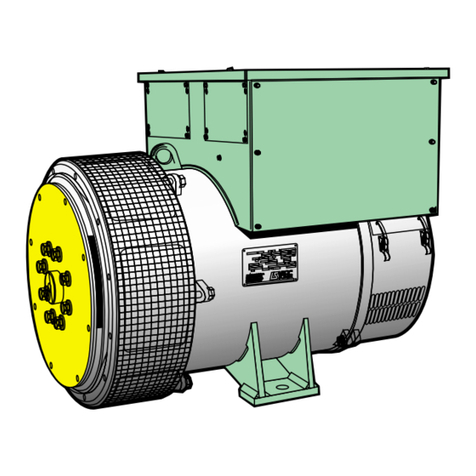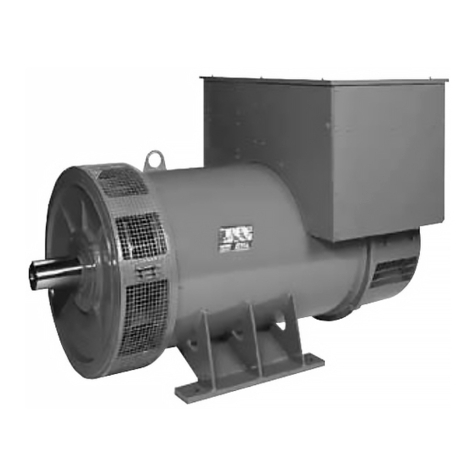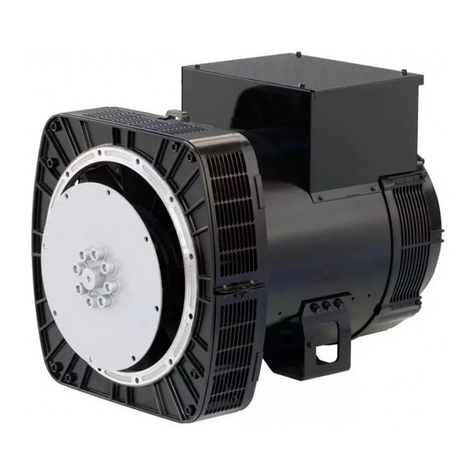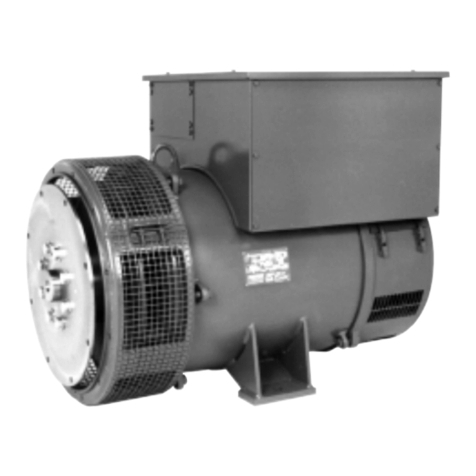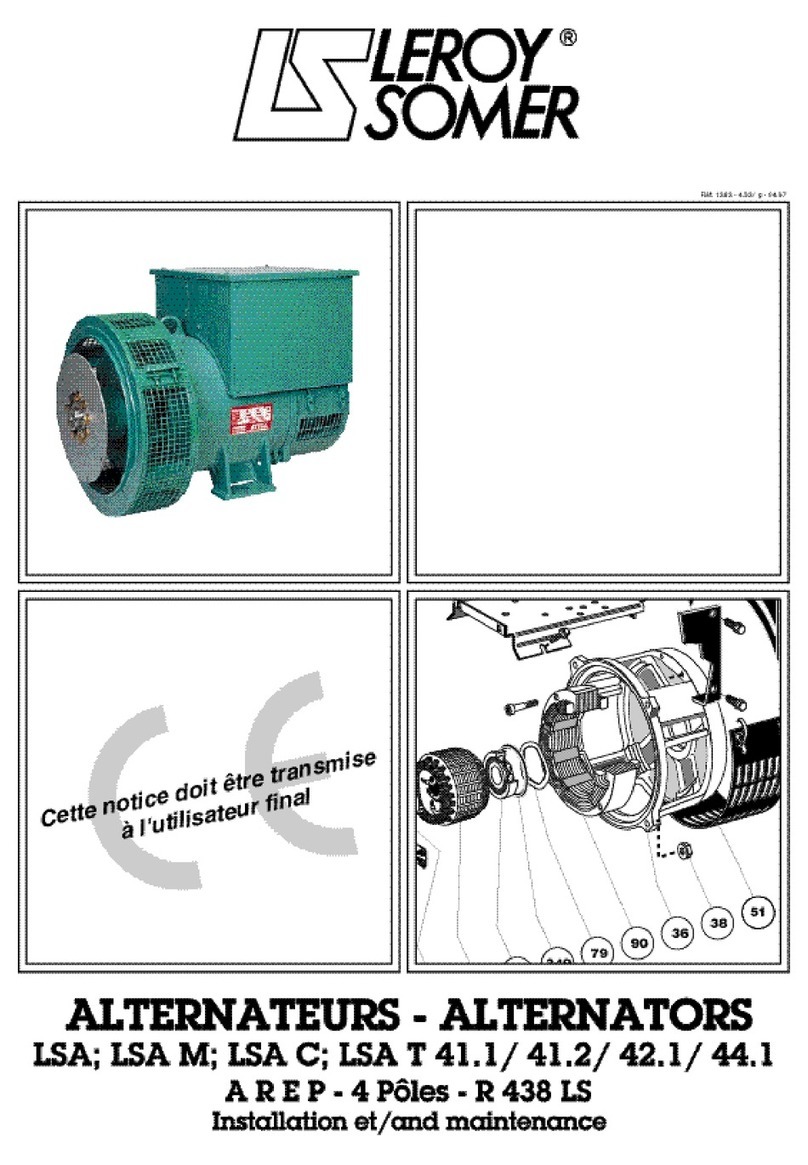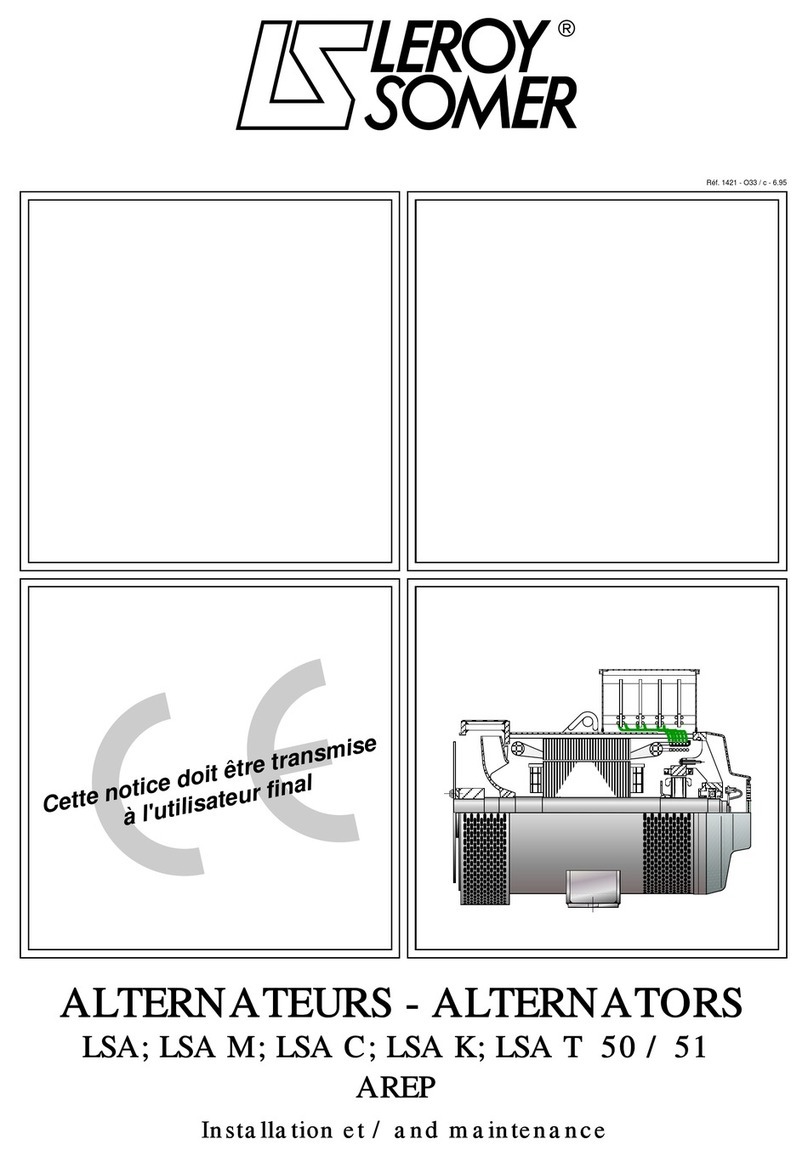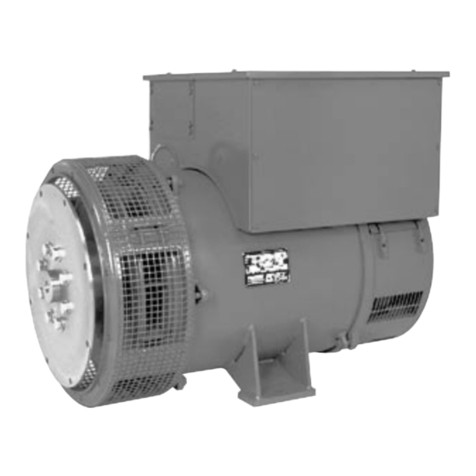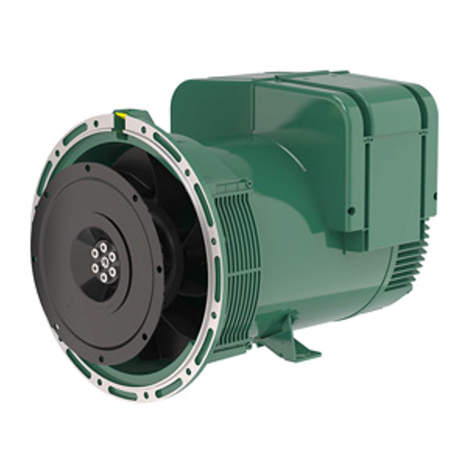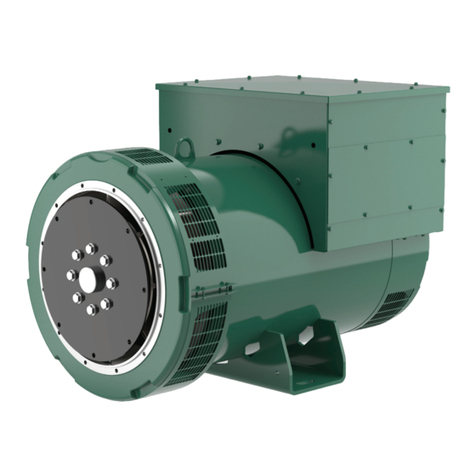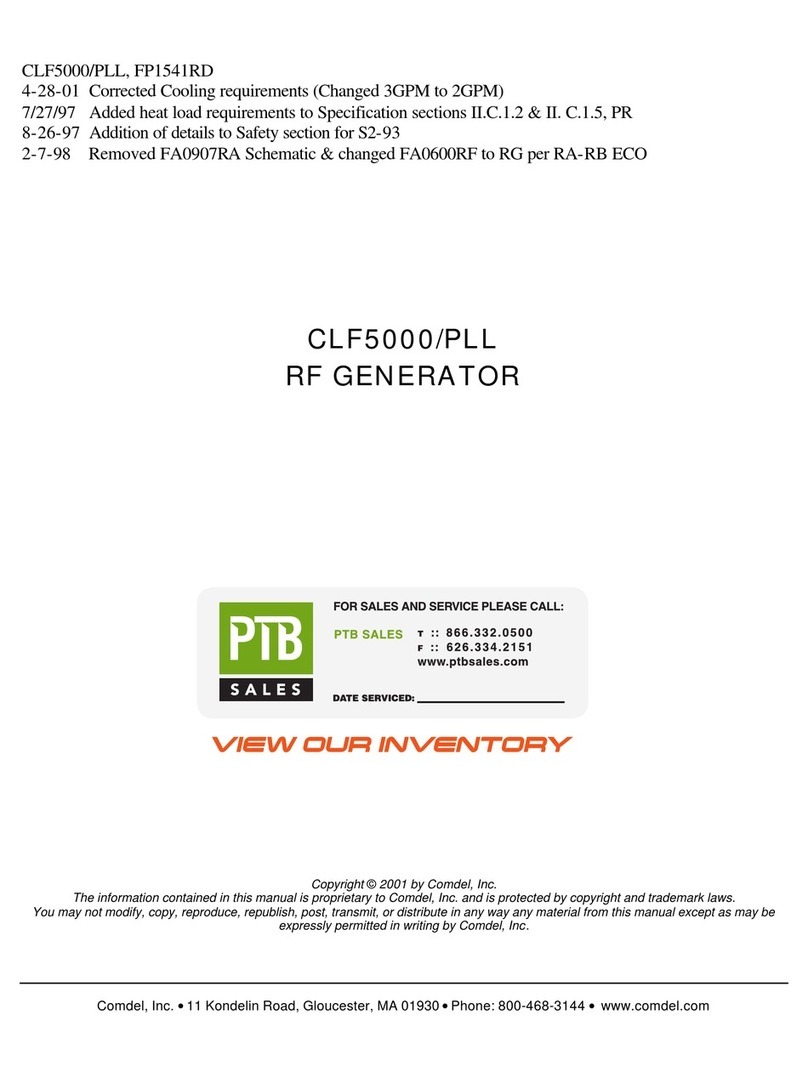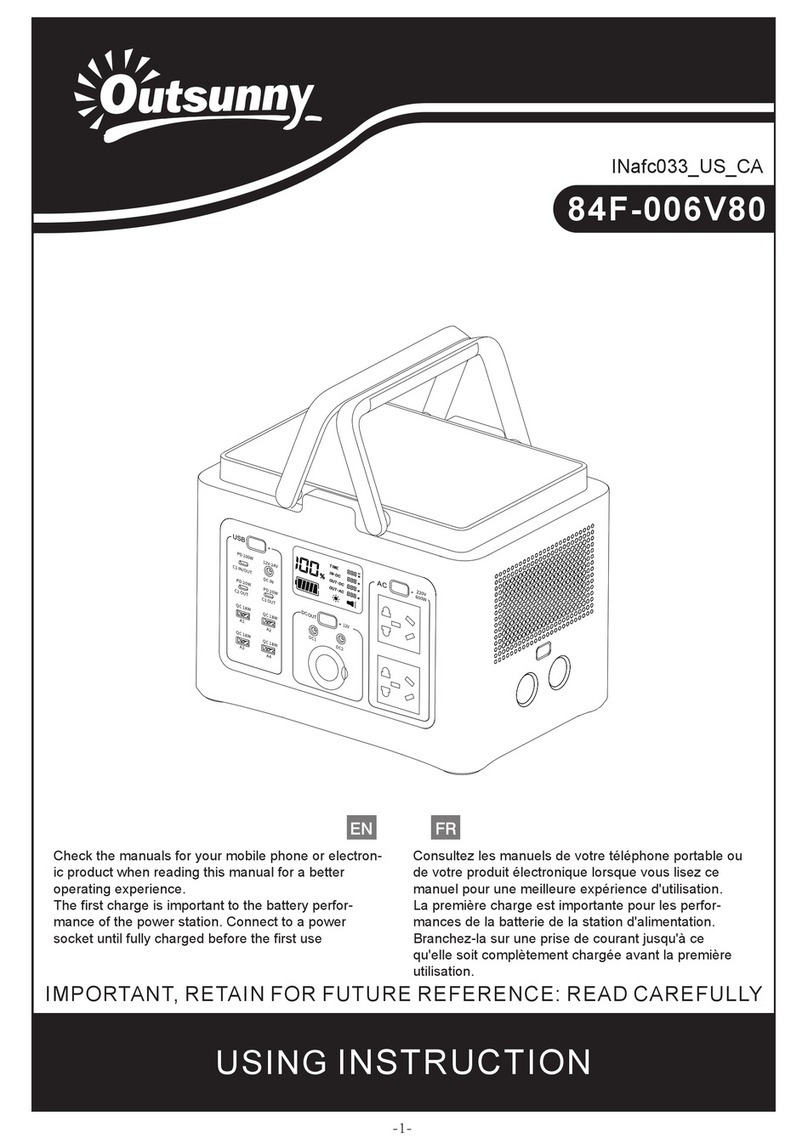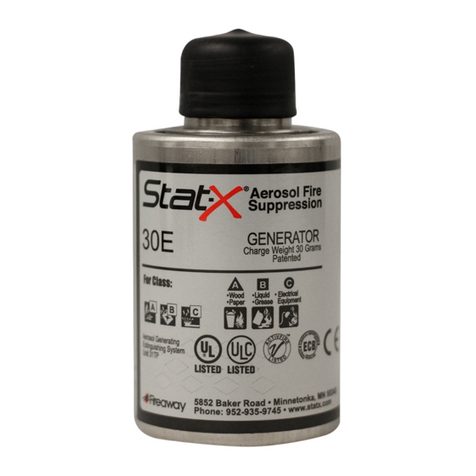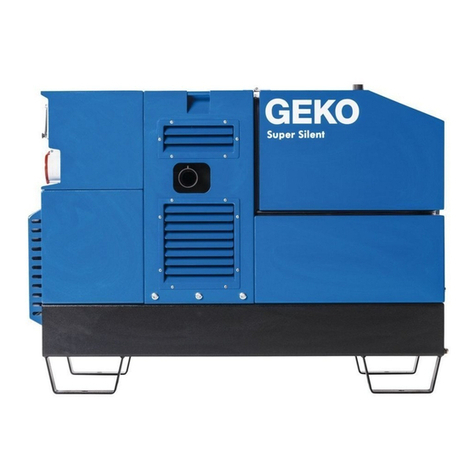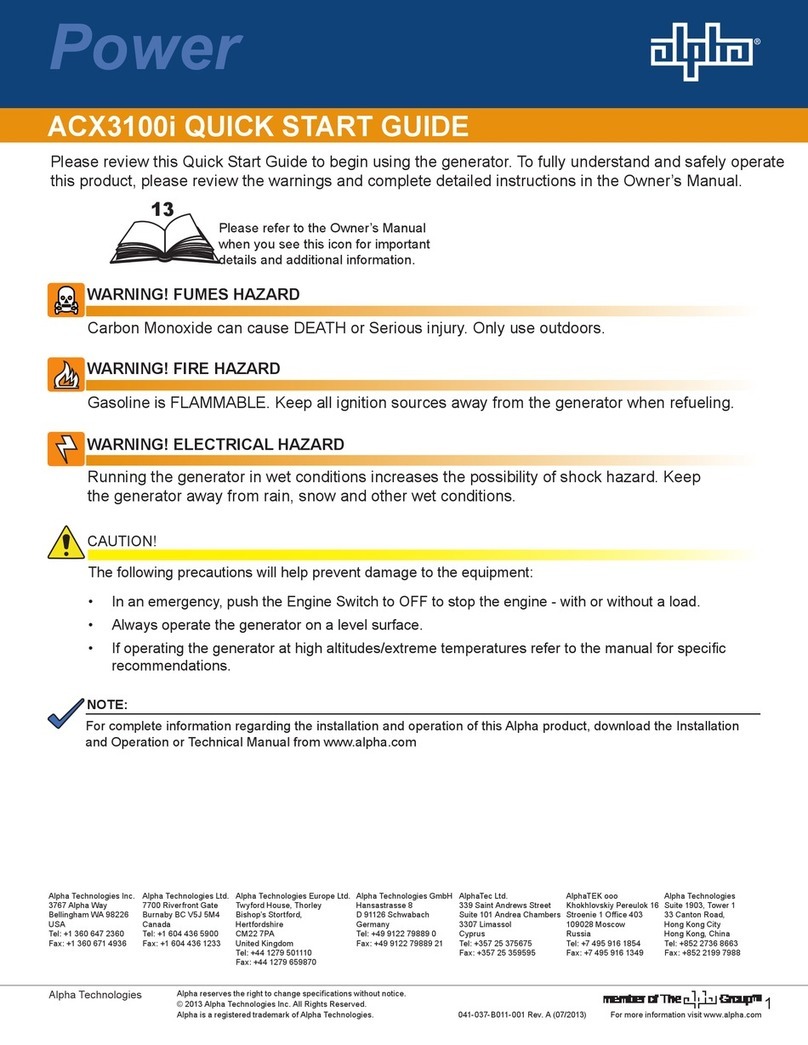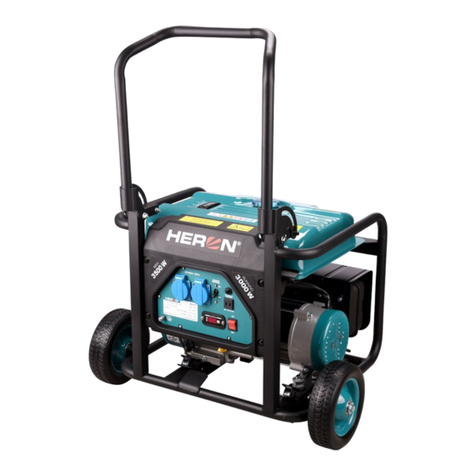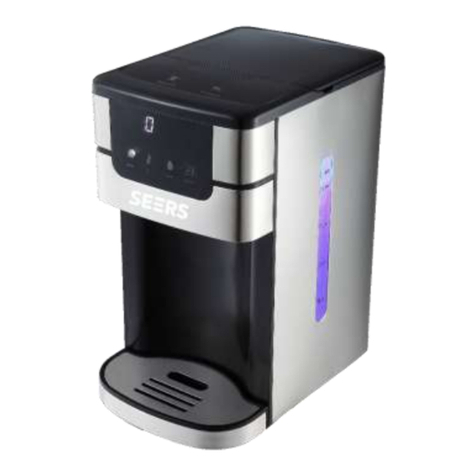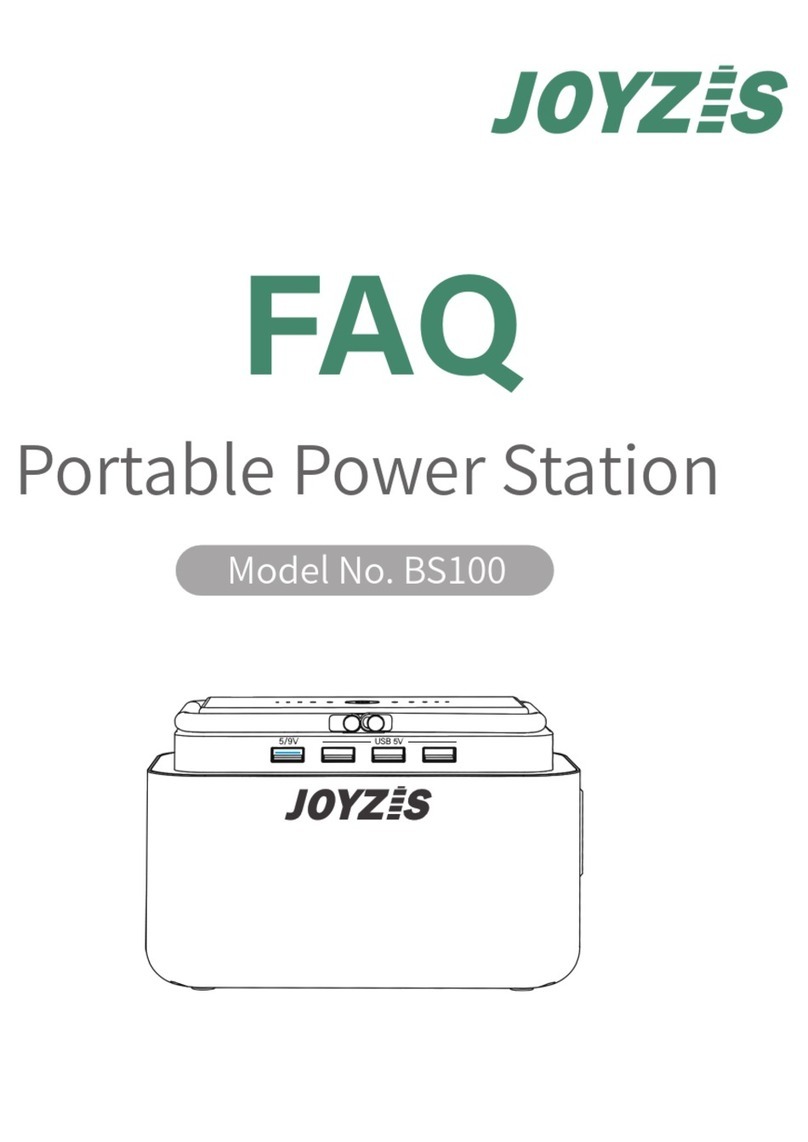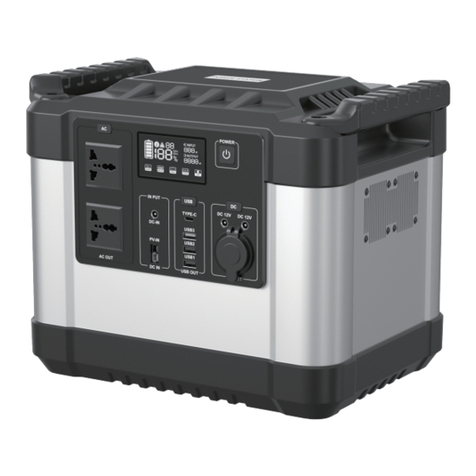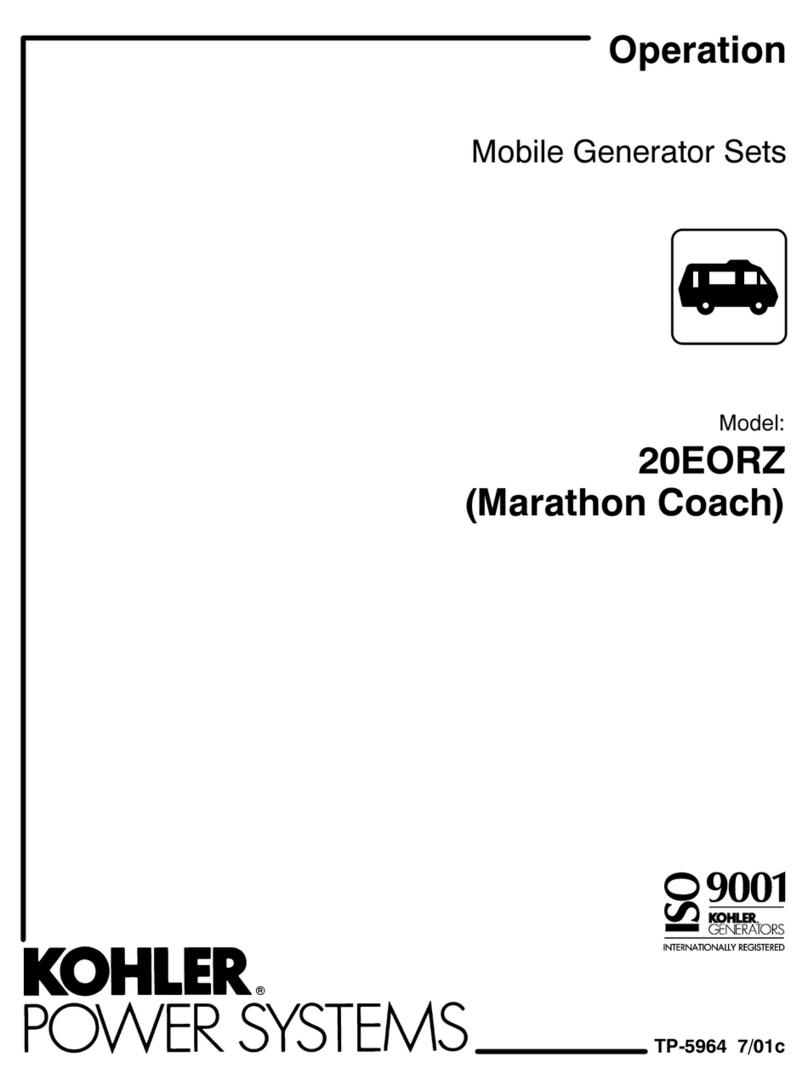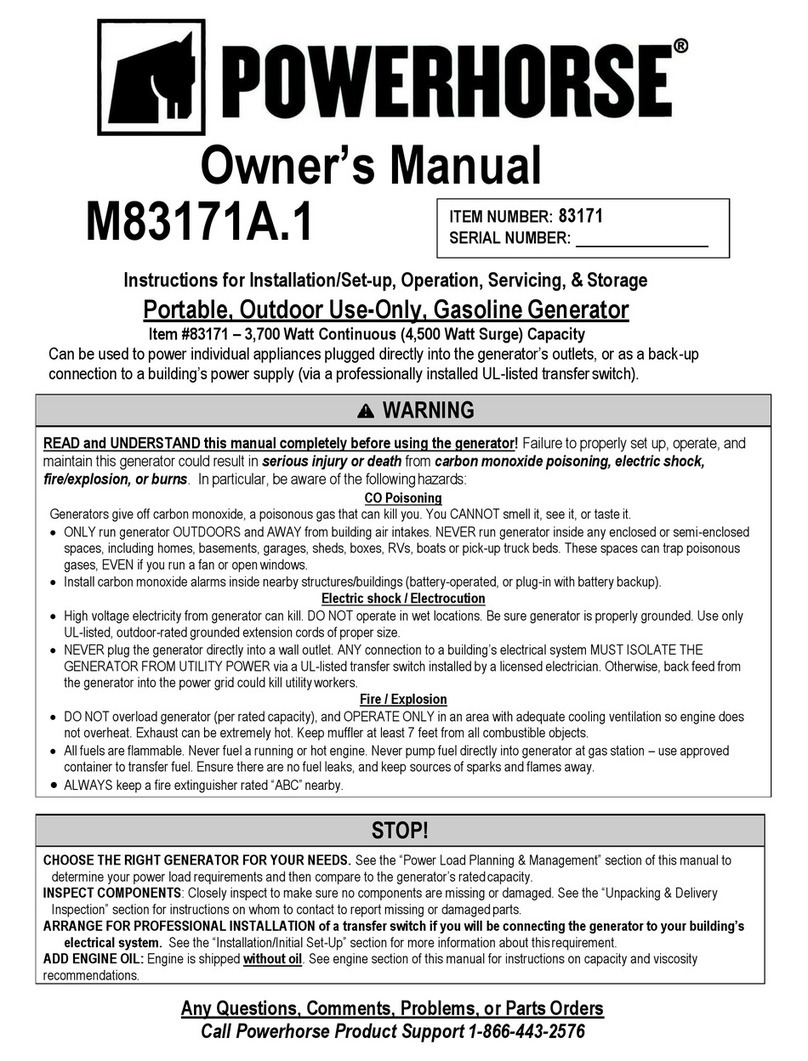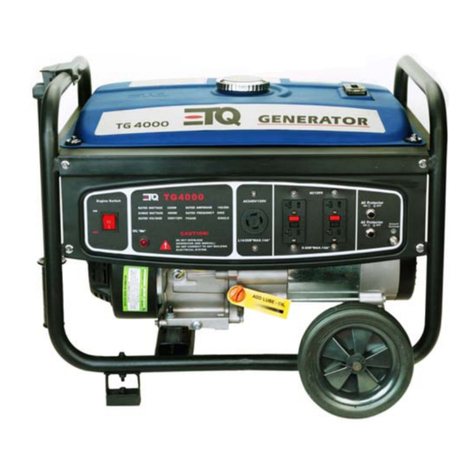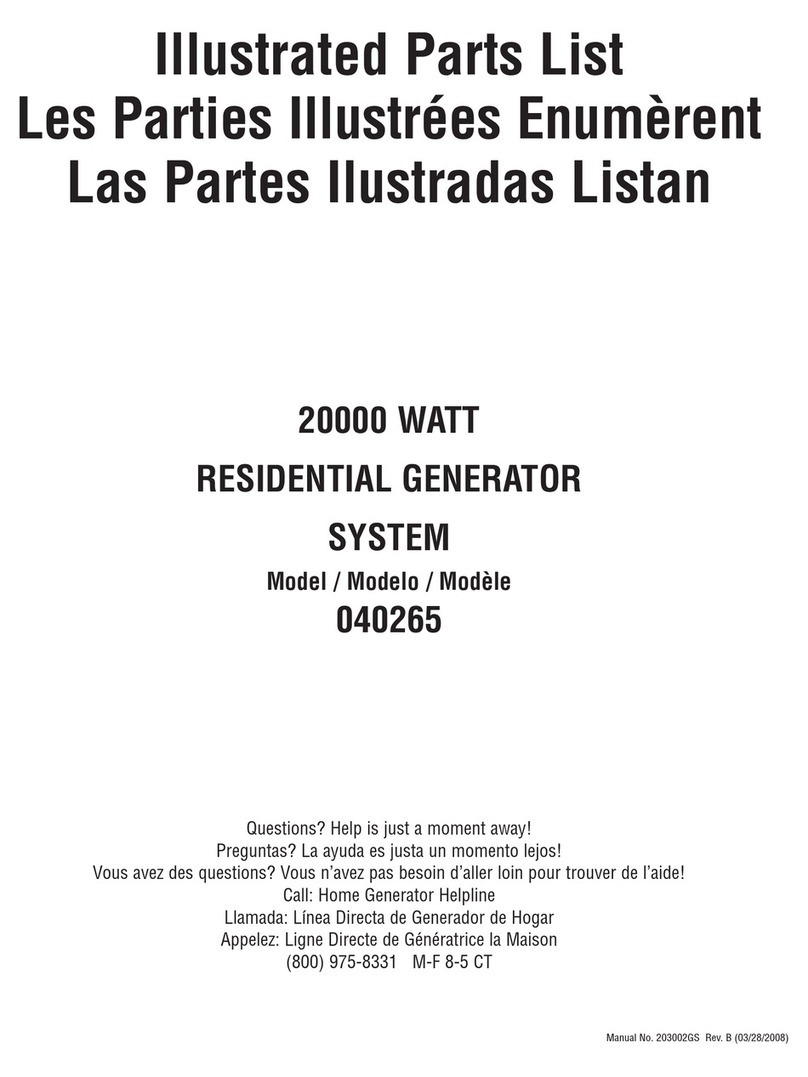
3
INSTALLATION AND MAINTENANCE
LSA 36 - 4-POLE - SINGLE-PHASE
ALTERNATORS
RECEIPT
3945 en - 06.2005/a
LEROY-SOMER
1 - RECEIPT
1.1 - Standards and safety measures
Our alternators comply with most international standards and
are compatible with:
- The recommendations of the
International Electrotechnical Commission
IEC 34-1, (EN 60034)
- The recommendations of the
International Standards Organisation ISO 8528
- The European Community directive 89/336/EEC on
Electromagnetic Compatibility (EMC)
- The European Community directives
73/23/EEC and 93/68/EEC (Low Voltage Directive)
They are CE marked with regard to the LVD (Low Voltage
Directive) in their role as a machine component. A declaration
of incorporation can be supplied on request.
Before using your generator for the first time, read carefully
the contents of this installation and maintenance manual,
supplied with the machine. All operations performed on the
generator should be undertaken by qualified personnel
trained in the commissioning, servicing and maintenance of
electrical and mechanical components. This maintenance
manual should be retained for the whole of the machine's life
and be handed over with the contractual file.
The various operations described in this manual are
accompanied by recommendations or symbols to alert the
user to the potential risk of accidents. It is vital that you
understand and take notice of the different warning symbols
used.
1.2 - Inspection
On receipt of your alternator, check that it has not suffered
any damage in transit. If there are obvious signs of damage,
contact the transporter (you may be able to claim on their
insurance) and after a visual check, turn the machine by hand
to detect any malfunction.
1.3 - Identification
The alternator is identified by means of a nameplate glued to
the frame.
Make sure that the nameplate on the machine conforms to
your order.
The machine name is defined according to various criteria
(see below).
Example of description:
LSA 36 L12 A1/4
• LSA: Name used in the PARTNER range
• 36: Machine type
• L12: Model
• A: Excitation system
(ACC)
• 1/4: Winding number/number of poles
1.3.1 - Nameplate
So that you can identify your machine quickly and accurately,
we suggest you write its specifications on the nameplate
below.
1.4 - Storage
Prior to commissioning, machines should not be stored in
humid conditions: at relative humidity levels greater than
90%, the machine insulation can drop very rapidly, to just
above zero at around 100%. The state of the anti-rust
protection on unpainted parts should be monitored.
For storage over an extended period, the machine can be
placed in a sealed enclosure (heatshrunk plastic for example)
with dehydrating sachets inside, away from significant and
frequent variations in temperature to avoid the risk of
condensation during storage.
If the area is affected by vibration, try to reduce the effect of
these vibrations by placing the generator on a damper
support (rubber disc or similar) and turn the rotor a fraction of
a turn once every two weeks to avoid marking the bearing
rings.
ALTERNATEURS ALTERNATORS
LSA Date
N 5700 125897 A15 Hz
Min
-1
/R.P.M. 1500 Protection
Altit. ≤m Masse / Weight
Rlt AV/D.E bearing 6302 2 RS C3
Rlt AR/N.D.E bearing 6303 2 RS C3
Made in France - 1 024 959/a
PUISSANCE / RATING (S1)
Conforme à C.E.I 60034-1. According to I.E.C 60034-1.
166631
USC
Temp.
kVA
kW
Voltage
Phase
CosØ/P.F.
Amps
kVA
kW
Voltage
CosØ/P.F.
Amps


